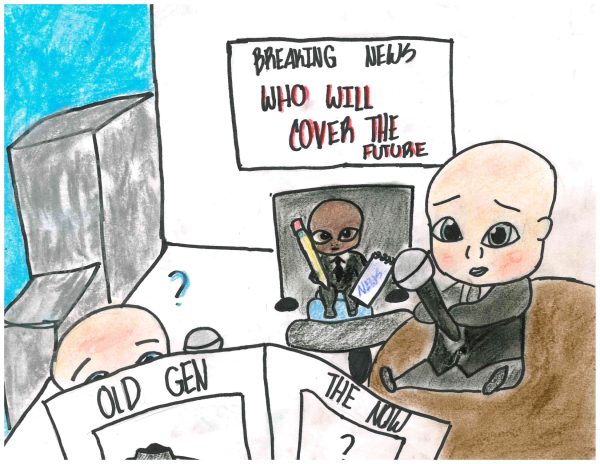Stine’s Mind: ‘City of Stars’ shines in Hollywood, not the Broadway stage
Meshing together beautiful cinematography, a remarkable soundtrack and a hopeless romantic focused plot line, “La La Land” offers something for everyone. The movie is set to be adapted to a Broadway musical, but everyone should give the film a chance prior.
Starring big names such as Emma Stone and Ryan Gosling, “La La Land” delivers hope and optimism, set to the backdrop tunes of showstopping original songs and emotional plots.
The film follows two main characters. Sebastian, played by Ryan Gosling, and Mia, played by Emma Stone, are both trying to achieve their dreams of stardom in Los Angeles.
Sebastian dreams of opening up his own jazz club, but is currently stuck as a struggling musician forced to play what others want.
Mia is currently working as a barista on the Warner Brothers studio backlot, serving actors she wishes were her.
When not working, she regularly auditions for various acting roles, with little success.
The two eventually begin dating, as they find love in each other’s passions and aspirations.
The film’s cinematography of the is one of the many things that sets the musical apart from other modern musicals.
The film itself is reminiscent and pays homage to 1950’s musicals such as “Singin’ in the Rain” and “Oklahoma!”, encapsulating the golden age of Hollywood in a dream-like state.
The tone of the story in “La La Land” is extremely dependent on the medium of the film.
Although the rich melodies of Hollywood seen throughout the soundtrack instill this dreamy, hypnotic mood, the cinematography solidifies it.
The musical was entirely shot on film, not digitally, to further encompass the golden age feel of late Hollywood.
This, paired with fast-paced, sweeping shots, helps formulate a specific liveliness, which would be impossible to replicate in a live theater setting.
The opening scene of “La La Land” is a large-scale musical number that takes place on the highway, entitled “Another Day of Sun.”
This opening scene includes six minutes of hundreds of extras performing impressive choreography.
This scene on the Broadway stage wouldn’t have such an immense impact as the scale would be immeasurable to the film.
Various other scenes would not fit and compare to the film on stage.
The intricate, large-numbered aspects of the musical would not hold the same authenticity on stage.
On the other side of the spectrum, the imperfections found in “La La Land” contribute to the authenticity of the plot.
Mia and Sebastian’s humanity and vulnerability symbolize the true soul of the artist.
Their imperfections are what lie underneath the shiny veneer of Hollywood showmanship.
This contrast is essential to removing the mask of shallow perfection the entertainment industry is reliant on preserving.
In comparison, the rhythmic, robotic, rehearsed scenes of Broadway would not replicate these imperfections, but instead gloss over them and produce a flawless adaptation.
The film itself was highly successful and the Broadway adaptation just seems like another grab for cash.
This is a repetitive pattern seen all over the industry: mediocre replications of showstopping originals all for money.
Although many may choose not to give the film a chance as it is simply deemed a musical, the movie itself truly offers much more.







